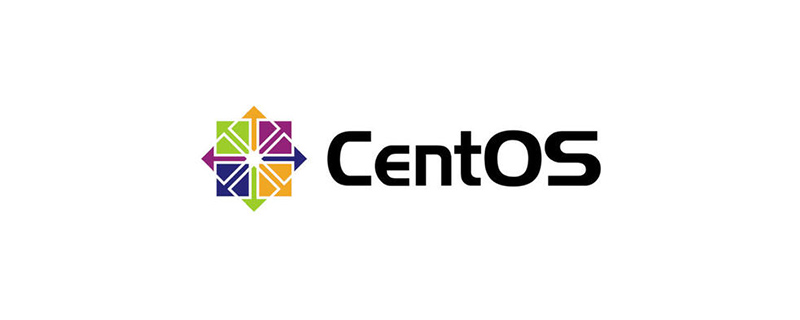
The tutorial column of centos below will introduce to you how to mount a USB flash drive in CentOS. I hope it will be helpful to friends in need!

fdisk -l, check the system hard disk and partition status. 2. Insert the U disk, use the
fdisk -l command again to check and confirm your U disk. At this time, the author's system has an additional hard disk /dev/sdb and one of its partitions /dev/sdb1 3. Use the command:
mkdir -p / mnt/usb, create the directory usb in the mnt directory as the mount point. 4. Mount the U disk, use the command:
mount -o iocharset=cp936 /dev/sdb1 /mnt/usb Among them, -o iocharset is to set the character set to ensure normal operation Display Chinese
5. After successful mounting, you can use the command:
ls /mnt/usb to view the contents of the USB flash drive. 6. Unmount, in order to avoid damage or loss of data, use the command:
umount /dev/sdb1
(ps: mount the mobile hard disk It is exactly the same as the U disk. When unmounting, remember to exit the directory where the U disk is mounted, which is the /mnt/usb directory above.) ………………………………… ……………………………………………………
※Solutions for unsuccessful mounting※ 1: When the mounting is unsuccessful , if the following error message appears:
mount: unknown filesystem type 'ntfs'---未知的文件系统类型‘ntfs’
ntfs-3g. 3: When downloading ntfs-3g, be sure to download the corresponding binary RPM package according to your own system version software architecture to avoid mounting errors after the installation is completed.
4: Upload the installation package to the system, just:
yum -y install ntfs-3g-2017.3.23-6.el7.x86_64.rpm It will be installed with one command; and then Follow the above steps to successfully mount it to the USB flash drive.
The above is the detailed content of About CentOS mounting U disk. For more information, please follow other related articles on the PHP Chinese website!